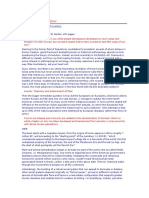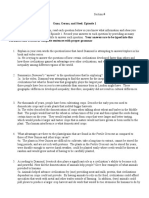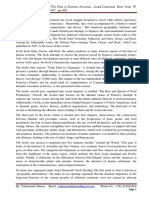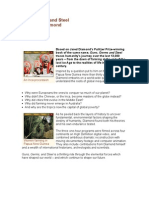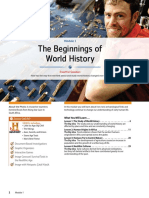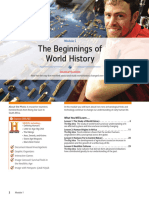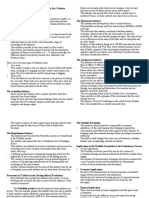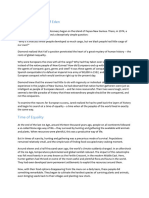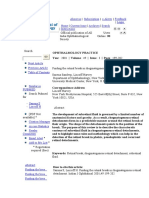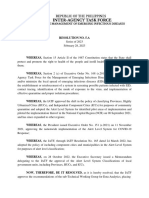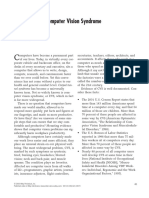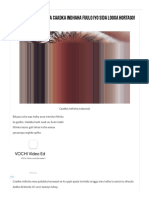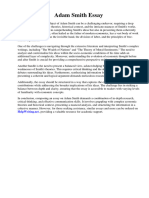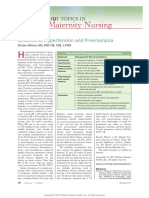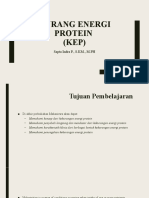0% found this document useful (0 votes)
16 views19 pagesHistory's Revolutions Unveiled
The exhibition explores Jared Diamond's theories from 'Guns, Germs, and Steel' through six thematic rooms, each focusing on a different historical revolution. It presents artefacts that support and critique Diamond's arguments on topics such as the Neolithic Revolution, migration, pandemics, and technological innovation. The exhibition aims to provide a comprehensive understanding of the environmental and geographical factors that have shaped human history while acknowledging the criticisms of Diamond's work.
Uploaded by
juliaabreyerCopyright
© © All Rights Reserved
We take content rights seriously. If you suspect this is your content, claim it here.
Available Formats
Download as PDF, TXT or read online on Scribd
0% found this document useful (0 votes)
16 views19 pagesHistory's Revolutions Unveiled
The exhibition explores Jared Diamond's theories from 'Guns, Germs, and Steel' through six thematic rooms, each focusing on a different historical revolution. It presents artefacts that support and critique Diamond's arguments on topics such as the Neolithic Revolution, migration, pandemics, and technological innovation. The exhibition aims to provide a comprehensive understanding of the environmental and geographical factors that have shaped human history while acknowledging the criticisms of Diamond's work.
Uploaded by
juliaabreyerCopyright
© © All Rights Reserved
We take content rights seriously. If you suspect this is your content, claim it here.
Available Formats
Download as PDF, TXT or read online on Scribd
/ 19



